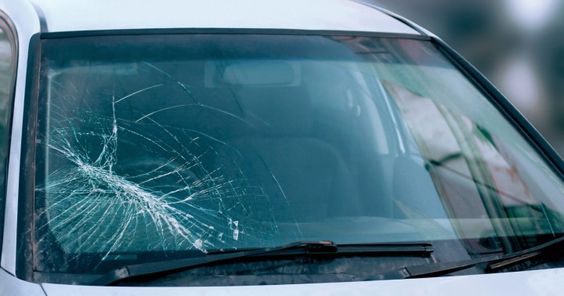Introduction:
Auto glass serves both functional and aesthetic purposes in vehicles, contributing up to 30% of their structural integrity. This article delves into the intricacies of producing different types of auto glass in Tulsa, explaining the materials involved and their respective manufacturing processes.
Auto Glass Composition:
Auto glass in Tulsa is crafted from a blend of materials, primarily consisting of sand or silica, sodium carbonate, lime or calcium oxide, and cullet. Notably, silica forms the bulk, accounting for 60% of the materials used. These auto glass panels are designed to safeguard passengers and drivers while ensuring clear visibility on the road.
Manufacturing Auto Glass:
The creation of auto glass is a meticulous process that involves subjecting a mixture of materials, including silica, lime, sodium carbonate, and cullet, to extreme temperatures. This intense heat induces the fusion of these materials, transforming them into the transparent substance we know as “glass.” Here is a simplified overview of the manufacturing process:
- Raw materials are gathered and combined in precise proportions, then exposed to high temperatures to initiate the glass formation process.
- As the glass melts, it undergoes the “float method” to produce glass panels. During this process, the initial temperature reaches 1000°C and decreases to 600°C at the output.
- The resulting material is fashioned into uniform glass panels, which are then cooled to approximately 200°C, making them ready for cutting and tempering.
- After being cut to the desired size and shape, the glass undergoes tempering, enhancing its strength through rapid heating and subsequent exposure to cold air.
- For added durability and protection from debris, certain types of auto glass, such as windshields, undergo a lamination process.
Types of Auto Glass:
In Tulsa, two primary types of auto glass are utilized: tempered auto glass and laminated auto glass.
- Tempered auto glass is typically employed in side windows, doors, and rear windows. It undergoes a process of heating and rapid cooling, rendering it capable of breaking into small, non-hazardous pieces without sharp edges, ensuring passenger safety.
- Laminated auto glass, utilized in windshields, is produced through a sandwich-like technique. A layer of polyvinyl butyral is fused between two glass sheets to form this durable, impact-resistant glass. Unlike regular glass, laminated glass can withstand heavy impacts without shattering into shards, making it invaluable not only in the automotive industry but in various other sectors as well.
Recycling Auto Glass:
Recycling auto glass in Tulsa, particularly from windshields, involves a distinct procedure due to the presence of the polyvinyl butyral (PVB) layer. Old or expired windshield automotive glass is crushed and pulverized. Modern machinery is then used to separate the PVB from the glass, resulting in “glass cullet.” This recycled material finds application in concrete, fiberglass insulation, and other industries.
Windshield Glass Distinction:
Windshield glass in Tulsa stands apart from conventional glass due to its lamination. Instead of shattering into numerous fragments during a collision, laminated windshield glass holds together in larger pieces, reducing the risk of injury. This unique structure, comprising two glass layers with PVB, grants windshield glass enhanced strength and protection against substantial damage.
Conclusion:
Auto glass manufacturing in Tulsa involves a specific blend of materials and an intricate process of heating and cooling. Two principal types of auto glass, tempered and laminated, serve distinct purposes in vehicles. The recycling of auto glass is feasible, albeit with a separate procedure for laminated glass. Windshield glass distinguishes itself by its laminated construction, offering increased resilience in the face of potential impact.





